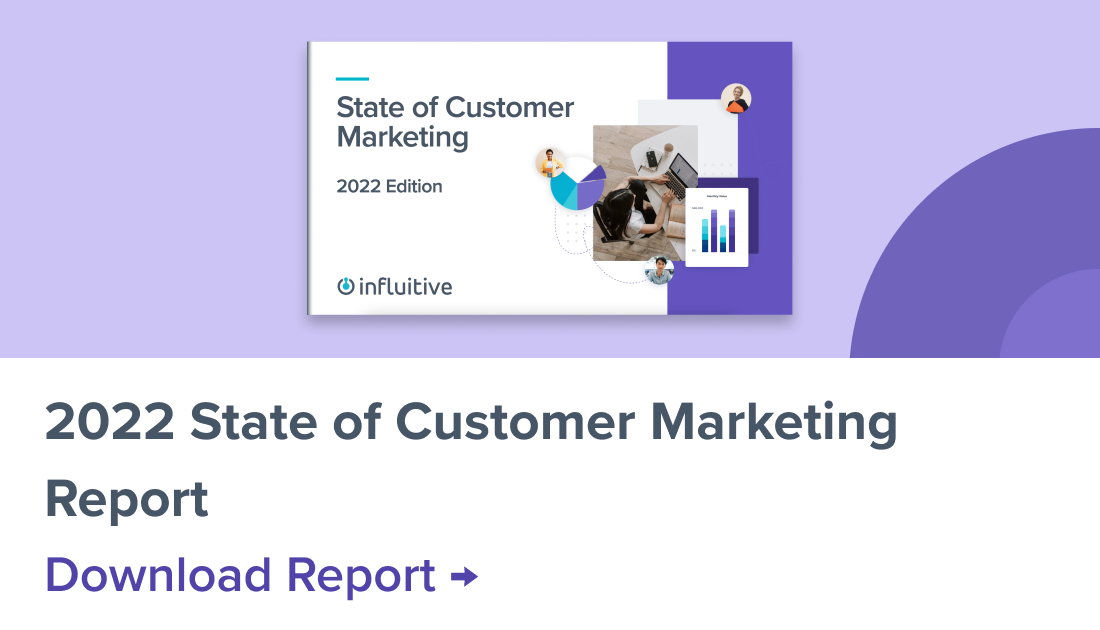As content marketers, we know that to create top-notch content, we have to know our audiences intimately—their hopes, their fears, the things that drive them absolutely nuts. Why else would we invest so much time interviewing customers, surveying them, and creating buyer personas?
According to Forbes, getting right inside your customers’ minds is the key to success for everything from content to product development to SEO.
But what happens when your company decides to expand to serve new markets? Suddenly, the customers you must know inside and out are completely foreign to you.
 Enter Pam Didner, author of Global Content Marketing.
Enter Pam Didner, author of Global Content Marketing.
She’s widely considered the go-to expert on making your content marketing strategy impactful on an international scale.
Cassandra Jowett, formerly of the Influitive content team, sat down with Pam to pick her brain on how to make your content shine, no matter what region you are going after. Here are her top tips for launching a successful global content marketing strategy.
Global content marketing strategy: most marketers have it all wrong
Pam encounters many misconceptions about global marketing strategy, which she’s eager to dispel. The most common ones:
- Myth #1: Global marketing strategy means marketing to ALL markets. Pam insists that “global doesn’t mean that you have to market to every single country.” Rather, she advises that you “understand your company’s business strategy, your country priorities, and then determine what needs to be done.” Picking a few key regions and diving deep into understanding their markets is the best recipe for success.
- Myth #2: One size fits all when it comes to content. “There [are] local nuances that we have to pay attention to,” says Pam. In order to create content that is tailored to your audience, you need to understand their communication style, as well as their social and political contexts. This research will make the content creation process more labour intensive, but the time you invest will certainly pay off when you create qualified leads.
- Myth #3: Content marketers should have the final say about content. While content marketers may spend hours creating perfect content, feedback from your customers needs to guide the conversation or else your efforts may be misguided. Integrating yourself into your customers’ communities is the best way to truly understand their cultural differences and what type of marketing messages they’ll respond to.
Advocacy is the icing on your global marketing cake
Pam says that discovering local or regional customer advocates can be a huge boost to your global content marketing efforts.
Here’s why:
- Claims about your product are way more credible when they come from advocates rather than your company. This is especially imperative when it comes to global content marketing, where your brand may not have firmly established trust and authority in a foreign market. Local advocates can help bridge the cultural divide by speaking up on your behalf.
- Asking influencers to share your content on social can be an impactful way to reach new markets. While influencers are not the same as advocates, they’re definitely both powerful allies who can help get your message in front of new networks. Pam suggests warm and personalized outreach where you carefully suggest content to influencers in the space, and ask for a share or backlink if they genuinely enjoy it.
- Local influencers are a great way to quickly build familiarity and credibility in a foreign market. Local influencers have a solid grasp of cultural nuances that are impossible to understand without experience living in a region. Aligning your brand with them will allow you to seamlessly blend your company’s offerings with their local expertise.
Proving the ROI of a global content marketing strategy
“It is a lot of work to justify a content marketer’s existence,” says Pam.
Every content marketer who reads this quote will likely sigh in recognition. However, it’s 100% crucial. You know your work is valuable, but it’s still an ongoing challenge to concretely prove ROI. Often, this is because your work is so grounded in brand awareness.
Creating global content can be even more resource-intensive, so the need to prove value rings especially true.
Pam suggests a few antidotes to this struggle:
- “You need to co-own metrics with some of your marketing peers.” Hone in on the key metrics that your content drives, and take responsibility for delivering results. Pam suggests calculating the cost per impression your content generates, then comparing it to the results of other marketing efforts. Your hard work will pay off when your team realizes how much your content is supporting your global marketing expansion.
- Try A/B testing publishing your content. Pam had a client who was getting pushback from management about publishing a blog twice a week. She recommended that her client stop producing content for three months and then compare the metrics from before and after to prove her worth to her team. A content “blackout” like this can really serve to demonstrate the value of turning the lights back on, so to speak.
With advances in technology making the world feel smaller and smaller, it’s more common to do business with people from around the world. Globally-oriented content to support these efforts is no easy feat, but if you follow Pam’s advice, it’s an investment that is seriously worth making.
More resources on global marketing:
 Enter Pam Didner, author of Global Content Marketing.
Enter Pam Didner, author of Global Content Marketing.









































